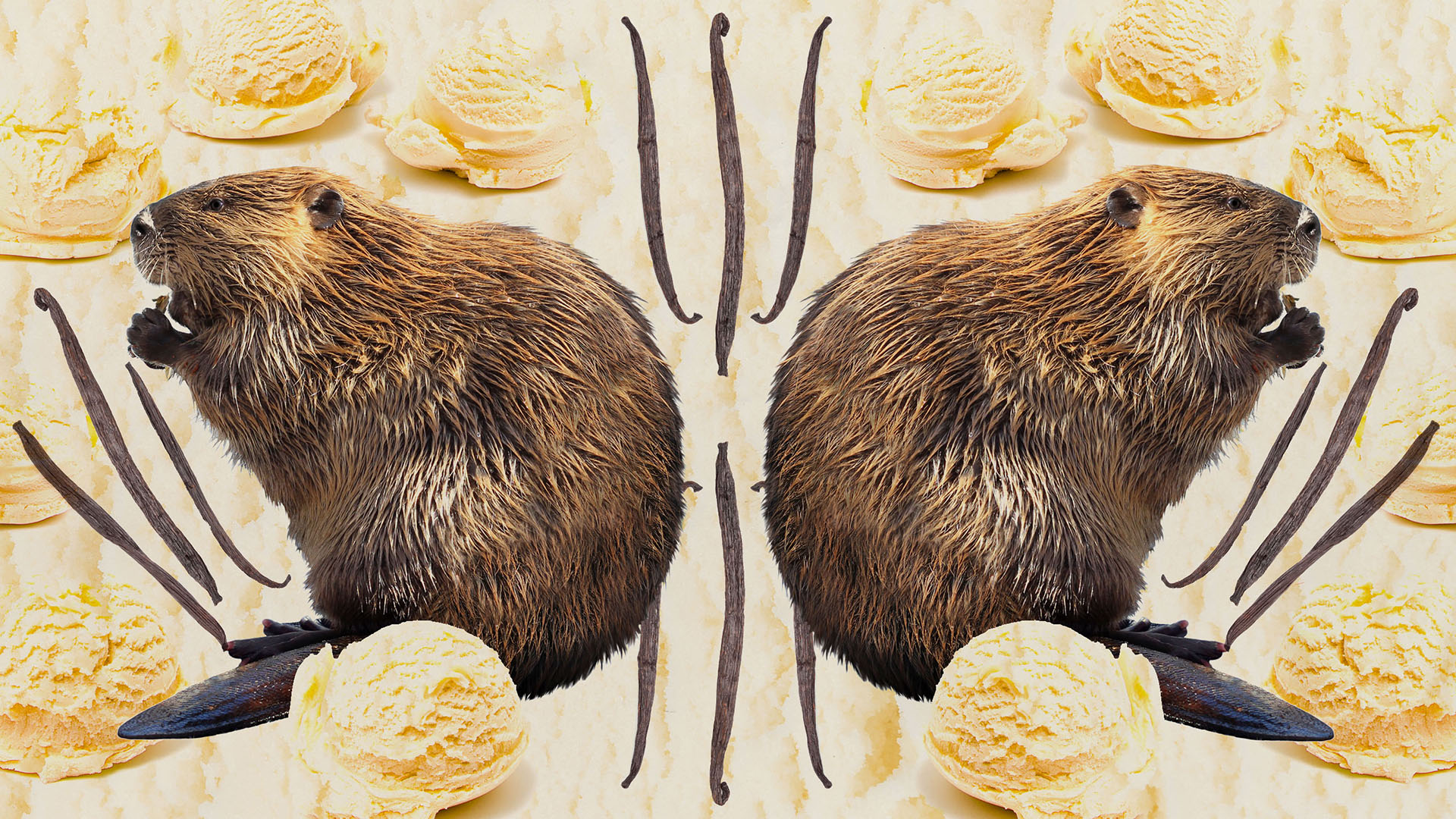What Is Castoreum, And Why Is It In My Food?
Welcome to another installment of Ingredients Decoded, in which we check out the ingredient label of packaged food, arbitrarily select something we don't understand or cannot pronounce, and figure out what it actually is. Is it good? Is it bad? We don't know! That's something that scientists and "wellness gurus" can argue about. We just want find some basic answers so that you may jump to your very own wild conclusions.
This week we are tackling a food additive that has been brought up a few times in the comments of various posts here on The Takeout: castoreum. What makes this substance so interesting? It's extracted from beaver buttholes. This is one of those fun facts you hear about that leaves you with more questions than answers, and and it's high time we got the (furry) bottom of them.
Castoreum is a compound that is produced by a beaver's castor sacs, which, while they're located in the same vicinity, are not the same thing as anal glands. The castor sacs produce a distinctive odor that beavers use for marking territory and identifying each other. While many animals' scent markings are god awful, beavers' are somewhat pleasant thanks to their diet of leaves and tree bark. In fact, the scent of pure castoreum is musky in a way that makes it reminiscent of unadulterated, high quality vanilla.
How exactly did humans discover that beaver butts were a good stand-in for vanilla? It may be impossible to answer that question, because while most food additives are relatively recent discoveries, castoreum has been used by humans for thousands of years for a multitude of purposes. It was an ingredient in an ancient Roman elixir called The Caesar Antidote, which was used to calm menstrual cramps and induce abortions. Sir Francis Bacon extols its virtues in his essay Of Friendship, which mentioned the use of castoreum to improve mental acuity. In Sweden, it is soaked in liquor to make a schnapps called bäverhojt—translation: beaver shout—a shot of which is traditionally taken before embarking on a wild beaver hunt.
Speaking of beaver hunting: During the Middle Ages, the demand for castoreum and beaver pelts was so high that they were hunted to extinction in England, and became endangered all across the continent of Europe. When Europeans settled in North America, they found beavers by the millions, and castoreum-mania was up and running once again. Beaver pelts were used as hats; beaver meat was eaten by by settlers throughout the U.S. and Canada; and those precious, odorous castoreum sacs became a popular component in perfumes.
Though beaver economics became a pillar of the New World economy for several centuries (it's what the Astor family got rich off before building its massive real estate fortune), it only began sneaking into food in the early 20th century when food manufacturers began looking to perfumers for industrial flavoring agents. Castoreum was never used directly as a one-to-one replacement for vanilla flavorings, rather, a tiny bit was added to artificial flavorings, as the musk added a bit more "oomph" to make fake vanilla taste more natural. Plus, just a little castoreum gets the job done: In the cigarette industry—which learned from the Algonquins that dusting tobacco with a bit of castoreum can make them taste more luxurious—eight pounds of castoreum is enough to flavor 400 billion cigarettes.
The lore of castoreum has led many to believe that it is still the main ingredient in the the "natural flavoring" you'll find in many vanilla products, but alas, that is untrue. By 1894, Scientific American wrote that the days of hunting beaver were numbered, as populations were beginning to dwindle to near extinction, causing the price of beaver pelts to rise. While castoreum's incredible potency continued to make it attractive as a scent and flavoring agent, once beaver trapping ceased to be a serious industry, the castoreum market shriveled up with it. It made sense to use castoreum when it was a byproduct of another thriving industry, but less so when harvesting castoreum turned into an individual process that involves anesthetizing beavers and hand-milking their castor sacs—a process even biologists admit is "pretty gross." But what was truly the nail in castoreum's coffin as a common food additive? Kosher law. While the FDA considers castoreum safe and allows it to be listed as "natural flavor" on ingredient lists, its inclusion in food products means that they cannot be certified kosher.
Today, if you see a product that uses castoreum as a flavoring agent, it is very likely a high-end artisanal product that is proud to let you know where its flavoring comes from. After all, secretions from beaver glands aren't all that bizarre when you consider many of the other ingredients we do eat on a regular basis.
